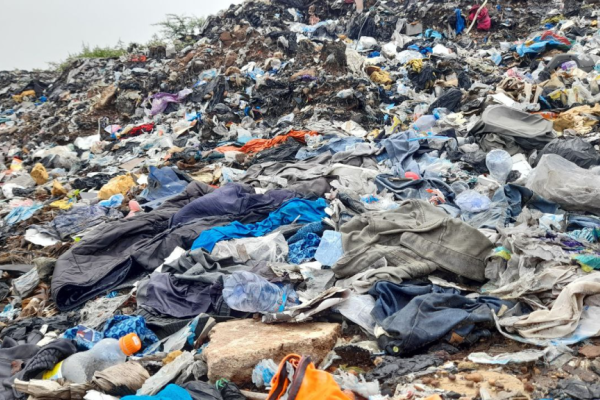So, in several African countries, EIB loans for development projects have caused discontent among locals. While development finance institutions often put guidelines in place to ensure borrowers respect environmental and social standards, these sometimes fail to deal with complex realities on the ground. The EIB is no exception in this regard.
For the first time, a small team of data and financial journalists has dug deep into the data and financial mechanisms of EIB investments in Sub-Saharan countries, analysing a mix of public data and internal data provided by the bank. Journalists from Kenya, Cameroon and Madagascar conducted interviews with dozens of witnesses who’ve been affected by EIB-funded projects. Our findings show that in several cases, large infrastructure projects such as power plants and mines have had an adverse effect on people living near them.
Still, the EIB is not subject to a lot of scrutiny from EU institutions. And this results in only a partial overview of the bank’s activities and a lack of transparency around the projects.
This is why we asked: What is the EIB and what is it doing in Africa?








